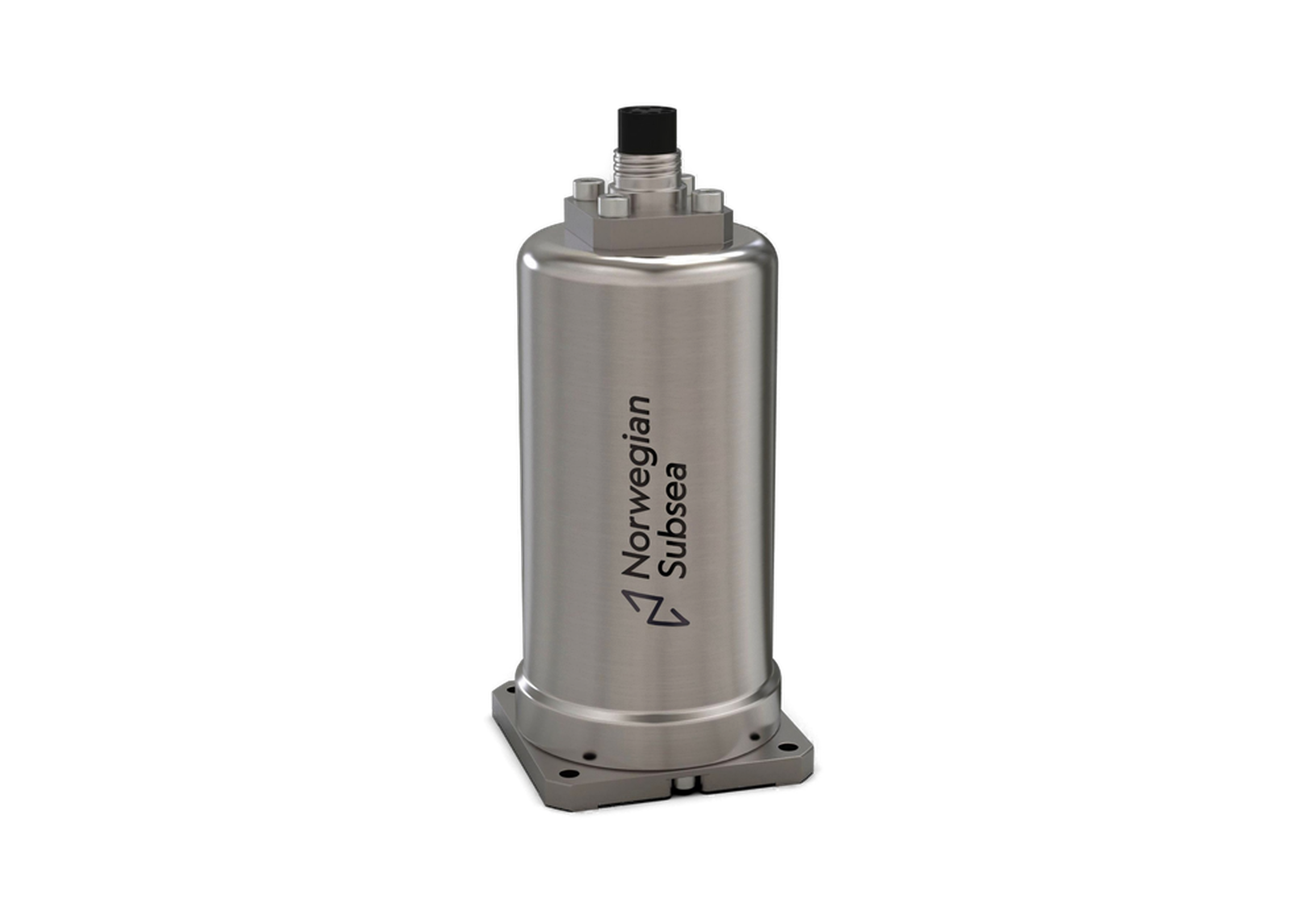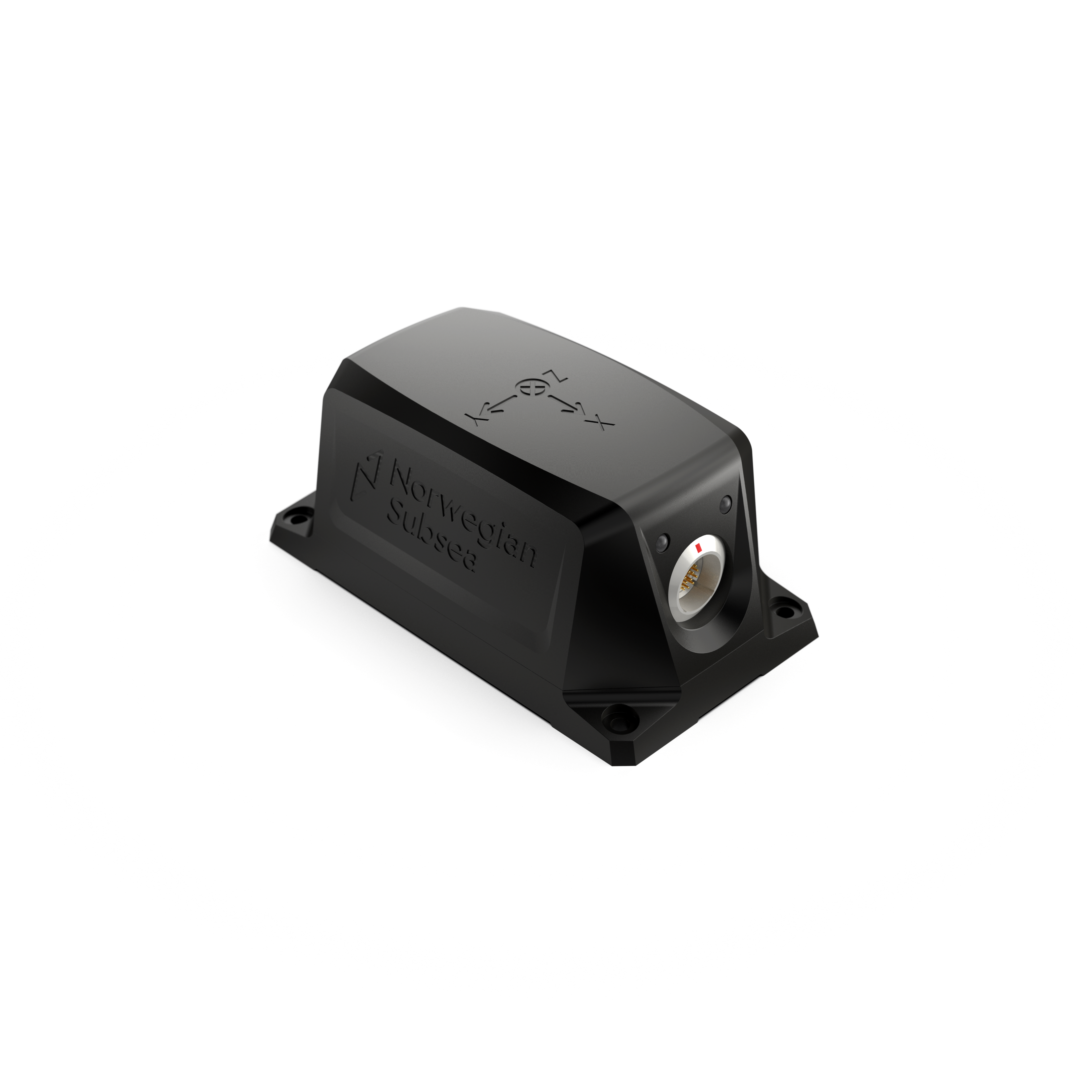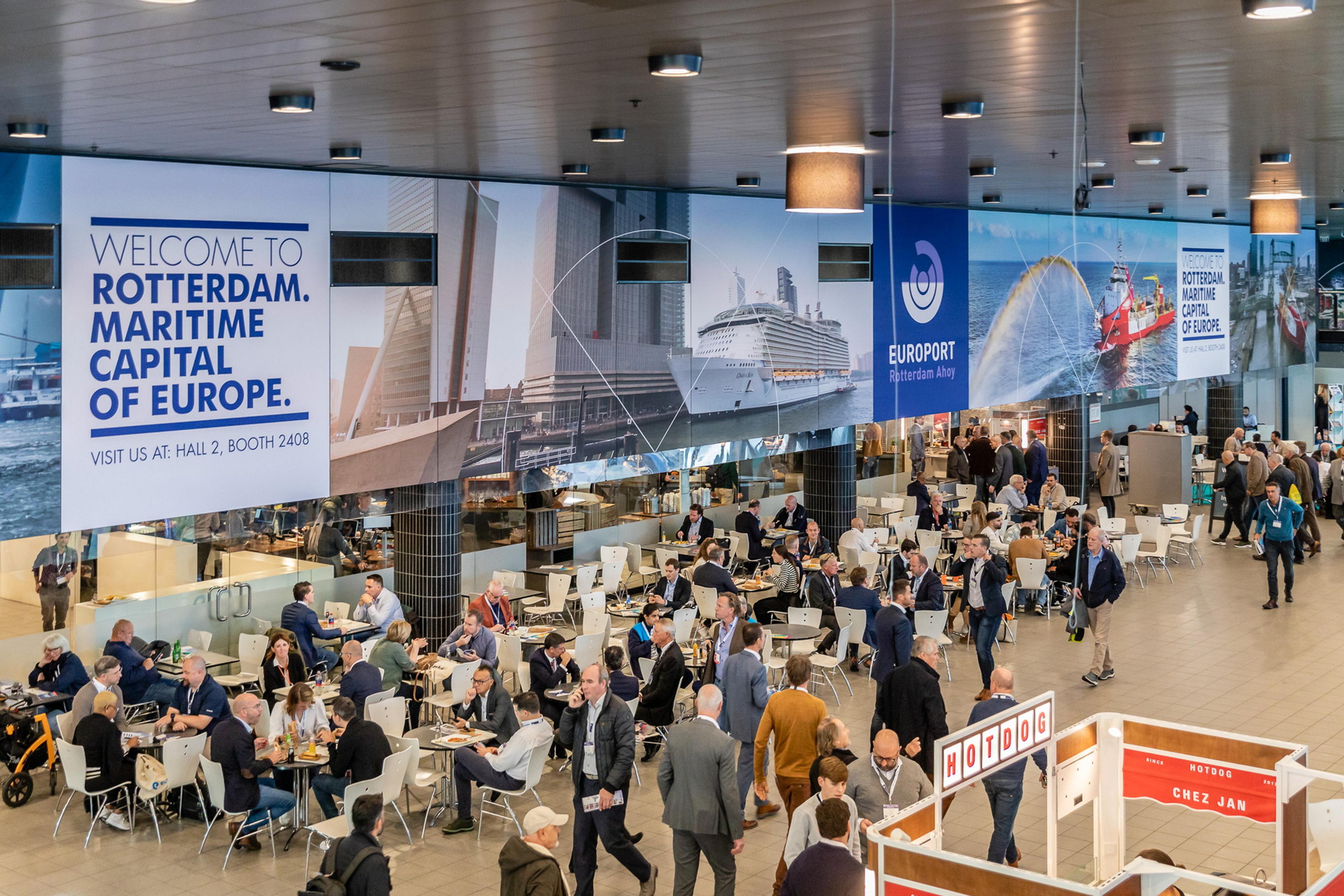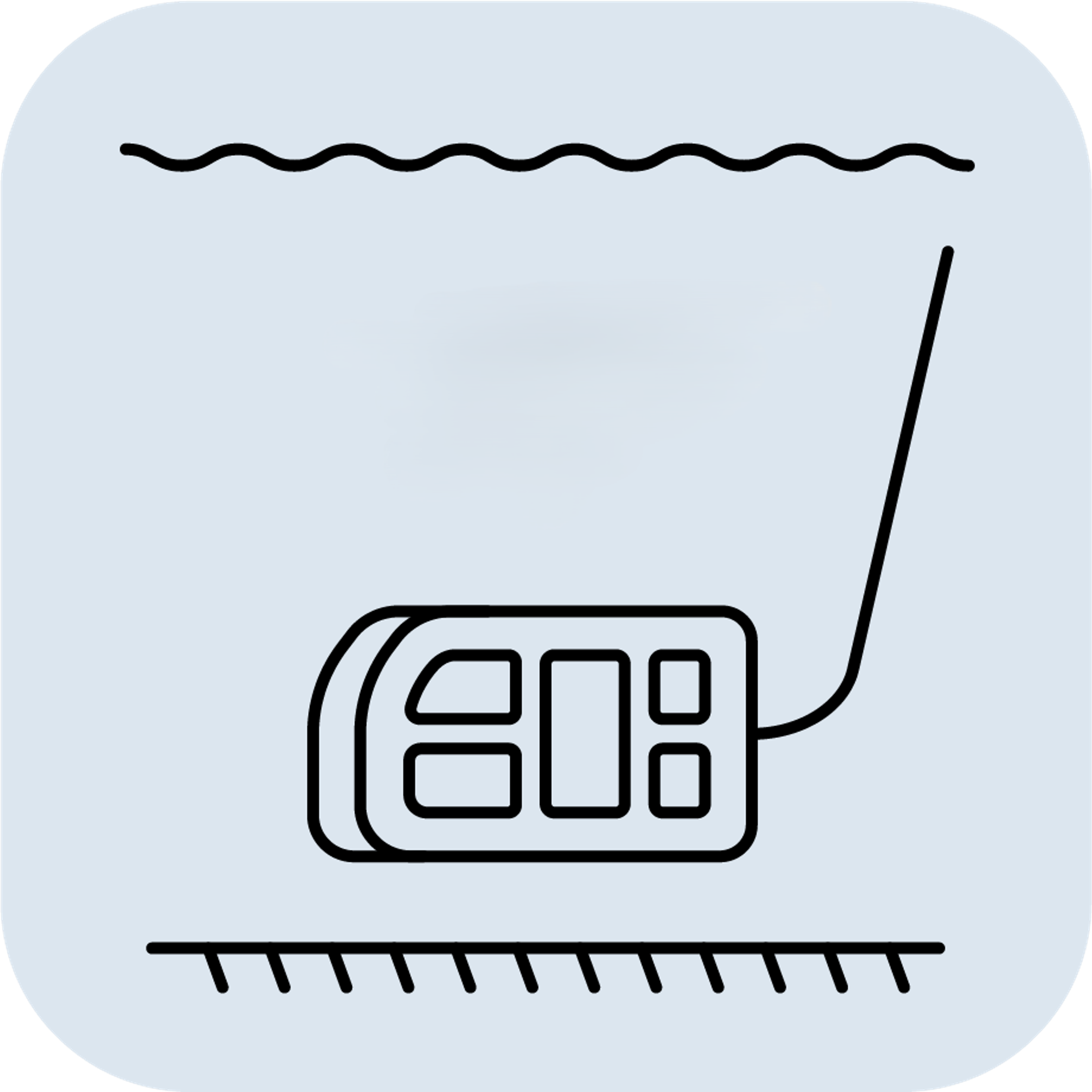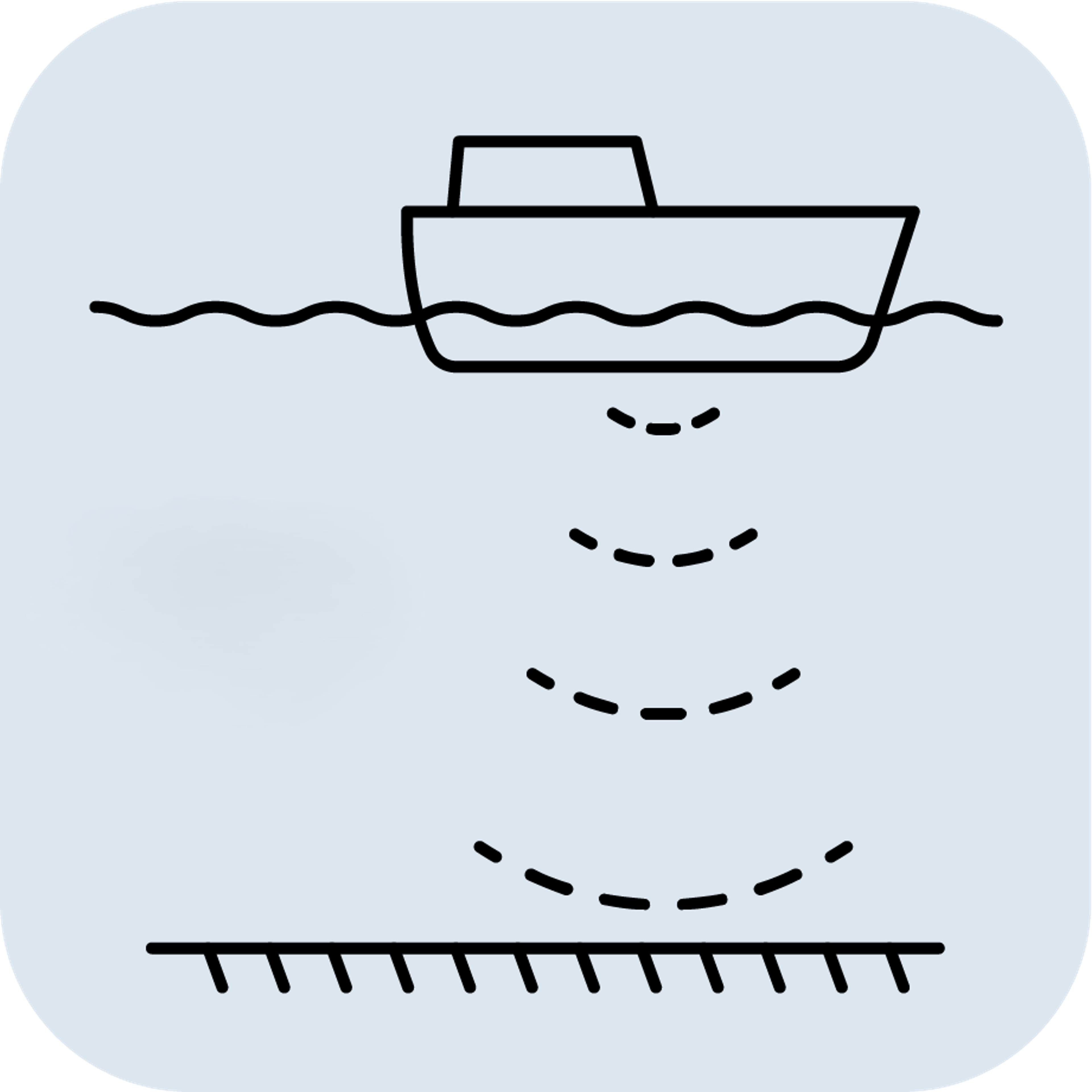What sensor systems are used in ROV seabed mapping?
Accurate seabed mapping using Remotely Operated Vehicles (ROVs) relies heavily on precise motion compensation of the sonar as well as sensing of the vehicle's movements. Why you need motion compensation of your sonar system?
- Accurate Seafloor Mapping – Without proper motion
compensation, vessel movement can distort
sonar readings, leading to incorrect depth measurements
and unreliable bathymetric data. - Elimination of Data Gaps – Uncompensated motion
causes inconsistencies in sonar returns, resulting in
gaps or misaligned sonar images, making it harder
to detect underwater features. - Improved Target Detection – Whether for shipwreck
hunting, fish-finding, or subsea infrastructure
monitoring, stable motion data ensures clear,
high-resolution sonar images. - Avoid repeated surveys and extensive post
processing – High-quality motion compensation
ensures high-precision sonar results in real-time
Why Choose Norwegian Subsea MRUs for Sonar Motion Compensation?
- Industry-Leading Motion Accuracy in Real
Sea Conditions – Handles irregular and
multi-directional waves with no loss in precision. - Works Anywhere - Independent of GNSS &
RTK – Works outside of RTK coverage, in offshore
and deep-sea applications. Avoid RTK
base station or subscription cost and hassle. - High End MRUs at a fraction of the price –
Premium grade motion compensation also
for entry level Sonar systems. - Real-Time Heave, Roll, and Pitch Correction
– Delivers survey-grade data accuracy in all
conditions in real-time. - Ready-Calibrated and Maintenance-Free
– Reducing downtime and providing longterm
reliability for users. - Compact Form Factor – Can be mounted
on vessels, near sonar heads, or integrated
within sonar equipment. - Plug-and-Play Integration – Compatible with
leading sonar systems for seamless operation. - OEM Solutions Available – Can be integrated
directly into sonar systems for optimized
performance.
Motion Reference Units (MRUs) are essential for sensor systems for this application, providing high-accuracy measurements of the ROV's orientation and motion in all six degrees of freedom (6DoF): Roll, Pitch, Yaw, Heave, Surge, and Sway.
Norwegian Subsea offers the MRU Subsea, specifically designed for demanding underwater environments and ideally suited for ROV operations, including seabed mapping and subsea surveys. Housed in a robust, compact titanium casing, the MRU Subsea is depth-rated to 6000 meters and features a reliable Subconn connector for straightforward integration.
Our MRU Subsea utilizes advanced sensor fusion algorithms and state-of-the-art MEMS technology to deliver highly accurate and stable motion data, crucial for correcting multibeam echosounder or other survey sensor data. It is available in various accuracy levels (±0.05°, ±0.02°, ±0.01° Roll/Pitch) to meet diverse project requirements. An Inclinometer/VRU version is also available, offering the same high Roll/Pitch accuracy for applications where full 6DoF is not required.
Integration is simplified through standard Ethernet and serial communication ports supporting protocols like UDP, Modbus TCP, and Ethernet/IP. Like all Norwegian Subsea sensors, the MRU Subsea is designed for reliability and cost-effectiveness, typically requiring no recalibration during its operational life, reducing maintenance overhead for ROV operators.
